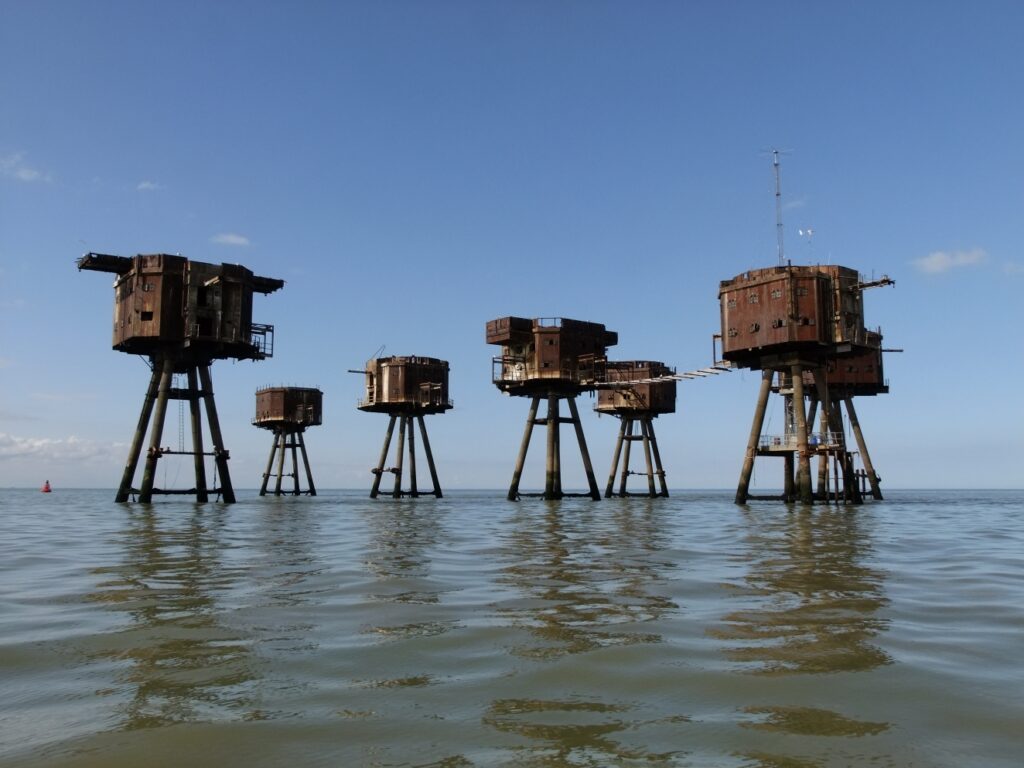Introduction
Have you ever seen a Sea Fort standing in the middle of the ocean? If not, then you are not alone. Maunsell Army Sea Forts were built during World War II to protect Britain from enemy air and naval attacks. These unique structures are a part of the country’s rich maritime history and heritage, and even today, they remain a sight to behold.
What are Maunsell Army Sea Forts?
Maunsell Sea Forts were designed by Guy Maunsell, a civil engineer and Royal Navy Reserve officer. Built in 1942, these structures were named after their creator and were originally constructed to defend the Thames and Mersey estuaries from German air and naval attacks.
The Maunsell Army Sea Forts consisted of seven towers, all connected by walkways and surrounded by anti-aircraft gun platforms. Each tower was self-contained, with accommodation, a kitchen, a generator, and an observation post. The forts were also equipped with searchlights and a variety of anti-aircraft guns.
The forts were originally manned by the Royal Navy, and later by the Royal Artillery. After the war, the forts were decommissioned and were left to the mercy of the elements. Today, they remain as a reminder of Britain’s rich naval history.
History of Maunsell Army Sea Forts
The concept of using sea forts to defend the UK’s coasts dates back to the late 19th century. However, it was not until World War II that the Maunsell Army Sea Forts were commissioned. Built in 1942, the forts were a part of the “Operation PLUTO”, a plan to protect the country from German air and naval attacks.
The Maunsell Army Sea Forts were designed by Guy Maunsell and were the first of their kind. They consisted of seven towers, connected by causeways and surrounded by anti-aircraft gun platforms. The towers were constructed in a ‘star’ formation, with each one containing accommodation, a kitchen, a generator, and an observation post.
The forts were manned by the Royal Navy and later by the Royal Artillery. They were equipped with searchlights and a variety of anti-aircraft guns. During the war, the forts played a crucial role in defending the UK’s coasts from enemy attacks.
After the war, the forts were decommissioned and abandoned. Today, only four of the original seven forts still remain, and they are a popular tourist attraction.
Location of Maunsell Army Sea Forts
The Maunsel Army Sea Forts are located in the Thames and Mersey estuaries. There are four forts still standing today: Red Sands, Nore, Shivering Sands, and Knock John. Red Sands is the most popular of the forts, and it is located off the coast of Kent. Nore fort is situated in the mouth of the River Thames, while Shivering Sands and Knock John are located in the Mersey estuary.
Visiting Maunsell Army Sea Forts
Visiting the Maunsell Army Sea Forts is an exciting experience and an opportunity to explore Britain’s maritime history. Visitors can take a boat tour around the forts and get an up close look at these unique structures.
The forts also offer a range of activities, including fishing, diving, and bird watching. Visitors can also explore the forts and get a glimpse into the lives of the soldiers who once called these structures home.
Conclusion
The Maun sell Army Sea Forts are a fascinating piece of Britain’s maritime history, representing the country’s efforts to defend its shores during World War II. These unique structures, designed by Guy Maunsell, continue to stand as a testament to Britain’s resilience and ingenuity in the face of adversity.

